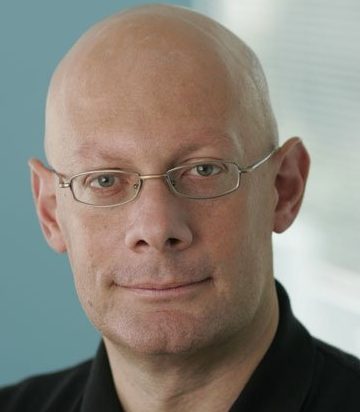 Science and scientists played a key role in the many years of preparation and negotiation of the Comprehensive Nuclear-Test-Ban Treaty (CTBT). World famous scientists and engineers have used cutting edge technologies in the implementation of the most extensive and complex international verifi cation system ever created. Over the years, a number of cooperative projects have been conducted between the Provisional Technical Secretariat (PTS) and scientific institutions. It is essential to develop this cooperation further. Like any other system in our society, the verification system has to be gradually modernized using new scientific results and emerging technologies.
Science and scientists played a key role in the many years of preparation and negotiation of the Comprehensive Nuclear-Test-Ban Treaty (CTBT). World famous scientists and engineers have used cutting edge technologies in the implementation of the most extensive and complex international verifi cation system ever created. Over the years, a number of cooperative projects have been conducted between the Provisional Technical Secretariat (PTS) and scientific institutions. It is essential to develop this cooperation further. Like any other system in our society, the verification system has to be gradually modernized using new scientific results and emerging technologies.
Establishing cost-efficient analysis of a growing fl ow of data and delivering products of high quality to States Signatories are issues crucial to the PTS. Many of these issues are also at the top of the agenda of scientific institutions around the globe. A closer cooperation between the PTS and scientific institutions would thus be of great mutual benefit. Increased cooperation would also strengthen the network between experts at the PTS and scientific institutions globally. Such knowledge recapitalization is essential to keep up the vitality of the Organization and to make it attractive to new generations of scientists. Close relations between the PTS and scientific institutions will facilitate the recruitment of qualified PTS staff in the future. It might create new career opportunities for experts that are leaving the PTS.
To maintain and develop the CTBT as a global Treaty is also a question of capacity building in States Signatories. We have so far successfully connected stations and instruments around the world. Now it is time to connect people and their institutions. Through international cooperation on a regional and global scale we have to develop the knowledge base and the facilities needed for States to participate fully in the implementation and monitoring of the Treaty. Such cooperation will also enable States to benefit from the technologies involved in the verification system and the data produced for civil and scientific applications.
This symposium is a fi rst step in a long-term effort to increase interaction between the scientific community worldwide, States Signatories and the PTS. The symposium covers the afternoon of 31 August and the whole day of 1 September. In the afternoon of 31 August the symposium will be opened with welcome addresses by H.E. Dr Ursula Plassnik, Austrian Federal Minister for Foreign Affairs, and Dr Michael Häupl, Mayor of Vienna. Keynote addresses on global capacity building will be given by Dr Mohammed ElBaradei, Director General IAEA, Mr Nobuaki Tanaka, United Nations Under-Secretary-General for Disarmament, and Mr Claude Allègre, former French Minister of Education. The Treaty and the development of the verification regime will be presented by the current and the former Executive Secretaries and illustrated by a multimedia show.
Kick-off presentations on the three themes of the symposium will be given by Prof Paul Richards, Colombia University, Imaging the Earth; Prof Helga Kromp- Kolb, University of Natural Resources and Applied Life Sciences, Vienna, Imaging the Atmosphere; Dr Usama Fayyad, Senior Vice President of Research and Strategic Data Solutions at Yahoo!, Modern Data Analysis Techniques; and Michael T. Jones, Chief Technologist of Google Earth, Connecting the Earth. On 1 September we will have three consecutive seminars on these issues chaired by the kick-off speakers. The symposium will conclude by a discussion on how to proceed with global capacity building in the field of science and technology.
Author: Ola Dahlman
